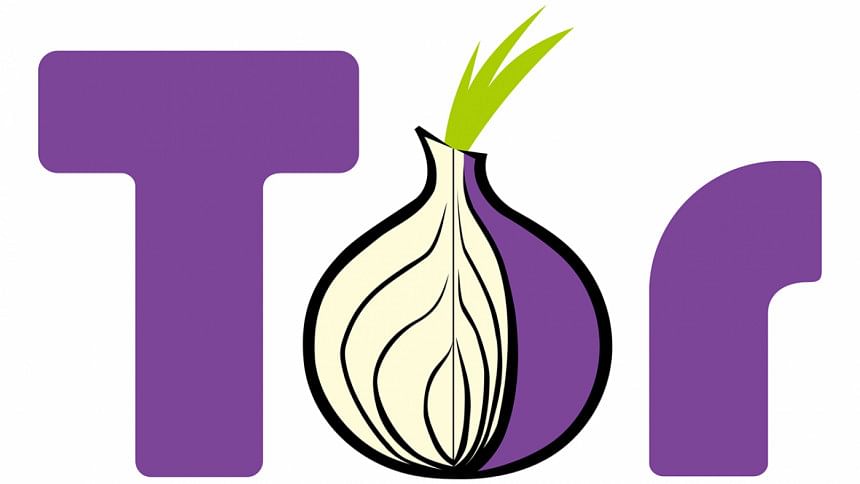How the Tor Project is bringing anonymity back to the web

Between government surveillance programs and websites that track users' location and browsing habits, anonymity is hardly a given on today's web. But there are a few solutions available for those looking to go incognito. Among the most ambitious initiatives in this vein is the Tor Project.
At the core of the Tor Project is a distributed network, in which several layers of connected routers act as separate "nodes," transmitting information while guaranteeing users' anonymity. In practice, this means users can connect through the network to prevent websites from pinpointing their location.
There are multiple ways to go online using the Tor network, but the most popular is the Tor Browser, a free program that allows users to surf the web through the distributed network. For total anonymity, users are advised to deactivate all of their extensions, including Flash and JavaScript, keeping in mind that this limits access to certain sites and services.
It is also possible to connect to the Tor network when using other browsers, such as Internet Explorer and Firefox, after making some fairly advanced tweaks to the network settings. Other programs that allow users to connect to the Tor network include the TorChat anonymous messaging service and a dedicated BitTorrent client.
Following Edward Snowden's revelations on the NSA's surveillance programs, a growing number of users worldwide have migrated to the Tor network, including everyday people concerned about online privacy. Nonetheless, the network still has a somewhat shady reputation, as it is also used by drug traffickers and arms dealers, among others seeking to avoid the law.
According to Karen Reilly, director of development at Tor, 2.5 million users access the web through the network daily.

 For all latest news, follow The Daily Star's Google News channel.
For all latest news, follow The Daily Star's Google News channel. 



Comments